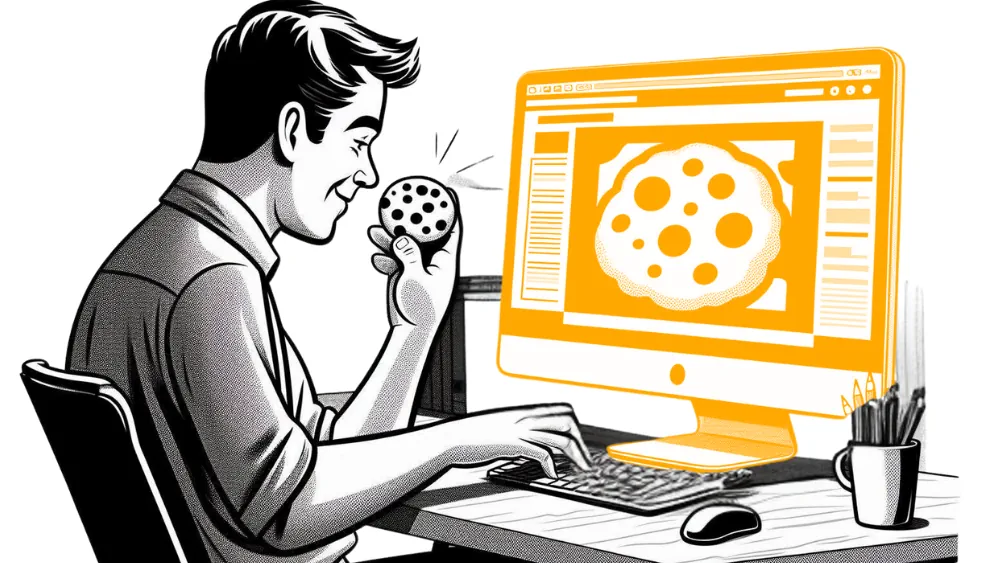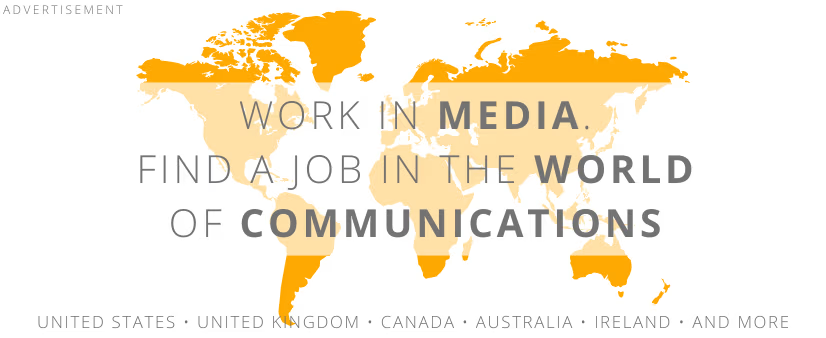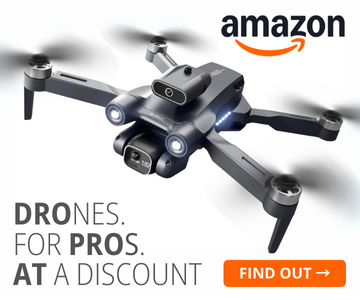 Bing AI illustration
Bing AI illustrationA Sudden Shift: Google’s Decision to Retain Cookies
The surprise came in July 2024 when Anthony Chavez, Vice President of Privacy Sandbox, announced that Google would allow users to decide for themselves about blocking cookies. According to the "State of Digital Identity Report 2024", published by analysts from ID5, 63% of respondents believe the decision resulted from poor Privacy Sandbox testing, while 60% cite ongoing investigations by the UK’s CMA.
- Google removed cookies for 34.5 million users, which is 1% of Chrome’s global user base.
- 76% of respondents have already implemented cookie-free solutions.
- 75% of respondents believe Google’s decision will not affect their shift to cookie-free alternatives.
| Factor | Percentage of Respondents |
|---|---|
| Poor Privacy Sandbox Test Results | 63% |
| CMA Investigation | 60% |
Alternatives to Cookies: What Solutions is the Industry Choosing?
The report emphasizes that the removal of cookies could significantly impact publishers’ revenue. Criteo’s study forecasts that revenue could fall by 60% if Privacy Sandbox became the sole alternative. This is due in part to Privacy Sandbox causing ad delays of over 100%, negatively affecting user engagement.
According to the ID5 report, 85% of respondents already use universal identifiers to handle cookie-free traffic. These solutions, along with Deal IDs and first-party IDs, enable personalized and legally compliant ad campaigns, which is crucial in today’s evolving technology landscape.
Most Popular Alternatives:
- Universal Identifiers: 85%
- PMPs/Deal IDs with First-Party Data: 56%
- Data Clean Rooms: 51%
Challenges in Other Channels: CTV, Mobile, Audio, and Gaming
Although much of the discussion has focused on cookies in browsers, the ID5 report shows that the user identification challenge goes beyond this space. The biggest challenge remains in Connected TV (CTV), where 79% of respondents believe users lack sufficient control over their data.
| Channel | Percentage of Respondents Citing Need for Better Addressability |
|---|---|
| Connected TV (CTV) | 54% |
| Mobile/In-App | 26% |
| Digital Audio | 9% |
Main Obstacles in CTV and Mobile Channels:
- Measurement Challenges: Difficulty in accurately measuring campaigns.
- Cross-Channel Reconciliation: Challenge in synchronizing data across channels.
- User Consent: Difficulty in obtaining and communicating consent for tracking.
The Cookie-Free Future: Industry Expectations and Concerns
The advertising industry is at a crossroads, seeking solutions that are not only effective but also comply with privacy regulations. Amid uncertainty about when the new system in Chrome will take effect, 80% of respondents expect the option to opt-out of cookies to be introduced in the first half of 2025.
You can download the full report "The State of Digital Identity Report 2024" here:
https://id5.io/resources/state-of-digital-identity-2024/
COMMERCIAL BREAK
New articles in section Marketing and PR
#POMAGAM2026 Can a New Year's resolution go viral?
wspieramy
Is a million good deeds a lot? Ten-year-old Emilka wants to find out. She just announced the I Resolve to Help campaign on the internet and urges everyone to make a unique New Year's resolution. That we help each other more often in 2026.
Dance in the media mirror. Between culture, business and viral fame
KFi
Over 78,000 media pieces, 1.6 billion potential views, and 197,500 social media mentions-dance in Poland is no longer niche. With a combined media value exceeding PLN 800 million, it now outperforms MMA, handball, and hockey.
PR in Poland. Ranking of the largest public relations agencies 2025
KFi
The smallest teams often generate the most publications, and agencies outside Warsaw are increasingly capturing media attention. This unexpected distribution of power is one of the key findings from the 2025 PR Agency Ranking in Poland, developed by Widoczni and IMM.
See articles on a similar topic:
Connected TV and borderless advertising. The ID5 report
KFi
Viewers are moving away from cable TV. And they are doing it en masse. Already 86% of Europeans watch content via Connected TV and global ad spend in this segment is set to double by 2028. The industry is undergoing a communication revolution.
Trends and threats in online advertising. Media Quality Report 2025
Krzysztof Fiedorek
In 2024, the digital advertising world lost about 100 billion dollars due to fake impressions. A report published by Integral Ad Science shows that so-called fraud is getting smarter, and campaigns are increasingly exposed.
Advertising Without Cookies. Is the Industry Ready for a Digital Revolution?
Krzysztof Fiedorek
The year 2024 was set to bring a revolution to the advertising industry as Google announced the removal of cookies in the Chrome browser for millions of users, sparking the beginning of a cookie-free era. However, Google’s change of heart surprised the market. A report on this topic was prepared by analysts from ID5.
SEO and AI in Polish e-commerce 2025. Harbingers analysts’ report
Krzysztof Fiedorek
Although 44.56% of e-commerce traffic comes from organic results, over half of online stores are not seeing growth. The biggest surprise? A staggering 9.5 million monthly visits lost due to dead content. On top of that, 38% of companies still don’t appear in AI-generated answers - a new and growing source of visibility.





























